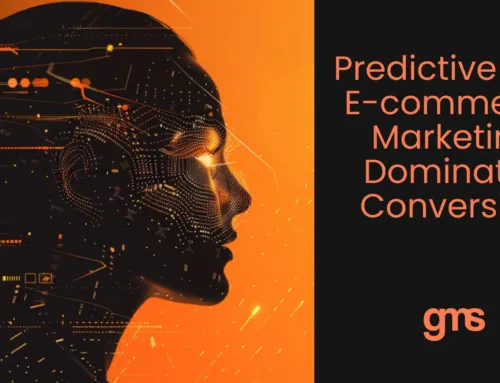A core aspect of an effective content strategy for online businesses is using paid media. Discover what it truly is and how you can implement it effectively to grow your online business.
The hallmark of a successful online business is an effective content strategy. This is key to attracting quality leads to your business, which can lead to a boost in your sales and greater profitability.
But unlike popular belief, an effective content strategy transcends having a blog or posting on social media. It requires that you publish valuable content on a regular basis.
You also have to post your content and publish it as a guest on various platforms. Then, you need to identify marketing opportunities that’ll allow you to promote that piece of content.
That marketing aspect is what paid media is all about.
And in this article, we’ll explain what paid media is, its benefits and how you can leverage it in your business.
What is Paid Media?
This refers to the external marketing efforts you engage in to get your business out there on the internet. Paid media entails running paid ads on different ad platforms and networks to a targeted audience. This could be in the following forms:
- Paid search
- Display ads
- Social media ads
- Retargeting campaigns
- Paid influencer marketing, etc.
The main goal of paid media is to promote your content and improve your brand recognition.
Paid media is one of the three major ways for an online business to attract quality leads. The other two are earned and owned media.
Earned media is the online exposure you’ve earned through word-of-mouth. You get this through positive reviews, reposts, referrals, press mentions, and so on. In essence, with earned media, you gain brand recognition and improvement by organic means.
Owned media, on the other hand, refers to the content you’re in full control of. This includes your website content, blog posts, and social media posts.
The difference between paid media and the other two is that you pay an external body to get your content and brand out there. And it comes with numerous benefits.
When you use paid media, you can expect higher engagement rates with your target audience. It also drives more traffic to your site, increases your exposure, and establishes your credibility as a business. That’s how paid media improves your lead flow.
By combining paid media with your owned and earned media, you can optimise the whole marketing process of your business. It can also reduce your marketing spend and make it easier to monitor and track your results.
Ultimately, you’ll get more value for your money and make it easier to grow your business.

When Should a Business Start Using Paid Media?
There are three important requirements that can determine when it’s a good time for you to start using paid media for your business.
First, you have to desire growth. Of course, any business owner would want their business to grow. However, you have to mean it with all seriousness. There should be an innate desire to grow your business.
That desire will give you the right mentality to start doing paid media and go through with it, which is the second requirement.
Finally, you need to have enough budget to carry out paid media. If you don’t have sufficient funds, your paid media strategies will be executed poorly, negatively affecting your results.
The 3-Step Process for Using Paid Media
Starting paid media could be difficult and challenging, especially for new business owners. There are a lot of decisions to make with too many options available.
A good way to start paid media is to take the following steps:
Step 1. Identify Your Goals
Before you kick off a paid media advertising campaign, ask yourself what you want to derive from that marketing effort.
Do you wish to increase engagement with your customers? Do you want to improve your brand recognition? Do you aim to attract a certain number of leads each month?
Having a clear picture of what your goals are sets the tone for where you should start and what platforms you should use.
Step 2. Identify Your Audience
Paid media is ineffective if it isn’t targeted toward a specific audience.
So, identify who your audience is. Know their pains, frustrations and aspirations. Then, use this knowledge to target your marketing efforts toward them.
You have a better chance of success when you speak to an ideal audience than if you try to appeal to the general public.
Step 3. Decide Which Platforms to Start With
Once you identify your goals and target audience, you can easily decide which platforms you should start with.
For example, if your ideal customers start their journey by searching the internet, paid search is the way to go. If they spend most of their time on a platform like TikTok, you’re better off advertising on TikTok.
You can also start with one platform and add another as your goals change and brand recognition improves.
How Often Should You Review Your Budget?
After setting up your paid media strategy, you should ideally review your budget every 1 to 3 months. The frequency should depend on your availability, the results you’re getting and your goals.
Just remember that checking in every now and then makes you accountable, which is important for success.
At the same time, ensure you don’t review your budget too quickly. Allow the data from your campaigns to mature first to get more accurate data.
Shorter time frames between reviews won’t let you accurately gauge the return of investment (ROI) of your paid media campaign. And you won’t be able to make the optimum adjustments.
Improve Your Sales With Paid Media
You now know that using paid media is a great way to promote your content and improve your brand recognition.
But before you leverage paid media in your business, ensure that you have enough funds and the right mentality. Once you have those qualities, you can then follow the simple strategy outlined in this article.
GMS Media Group is the best for paid media and has used it to help lots of businesses boost their revenues. Do you want something like that? Go ahead and schedule your free consult with one of our GMS experts.




